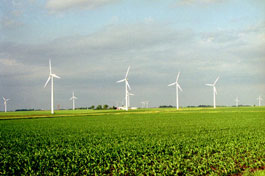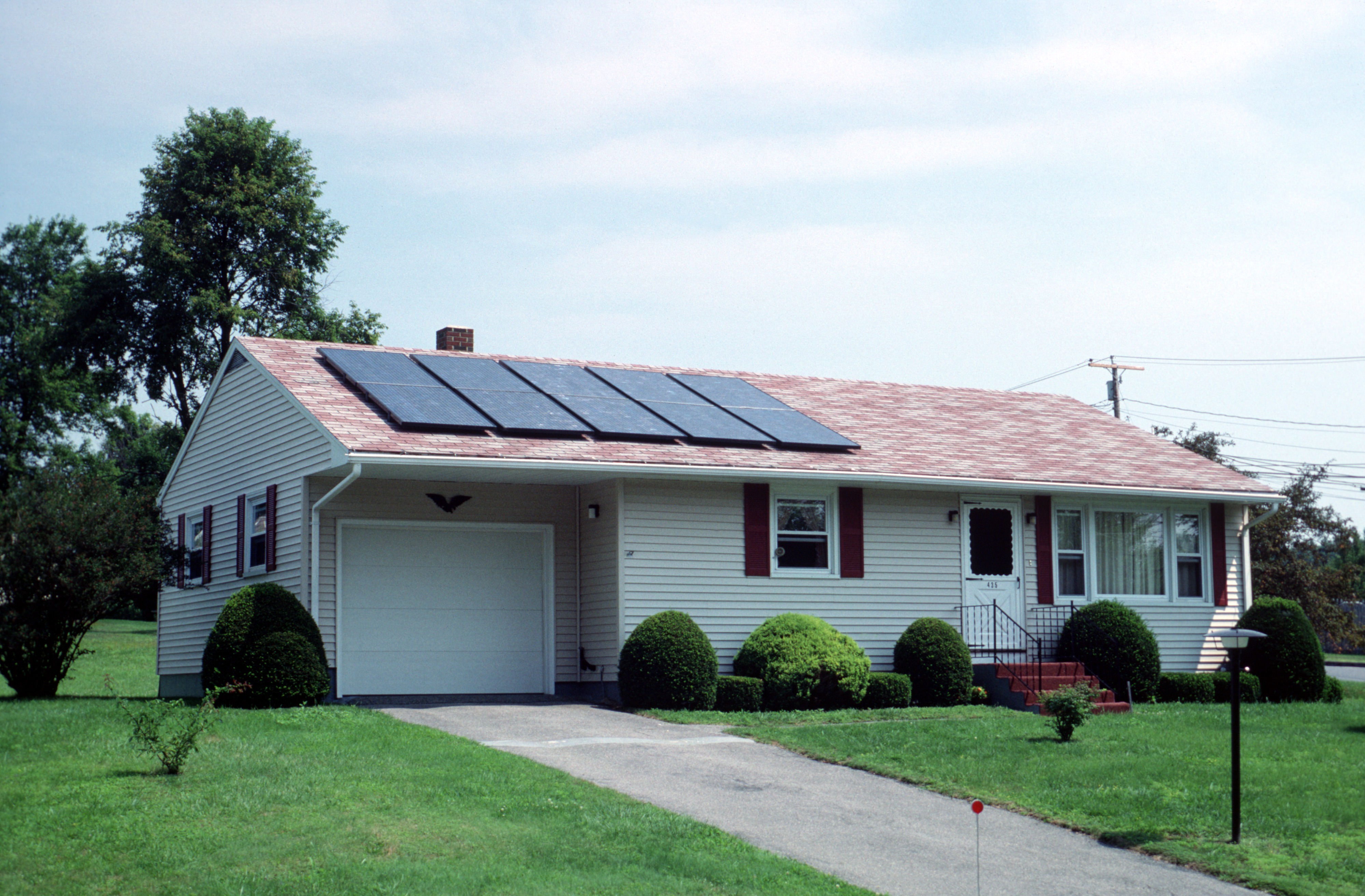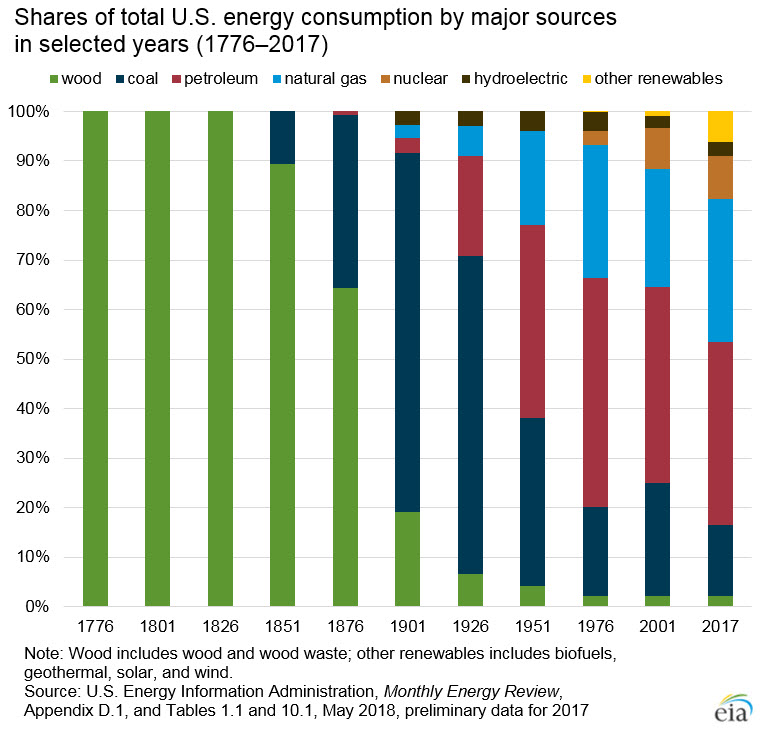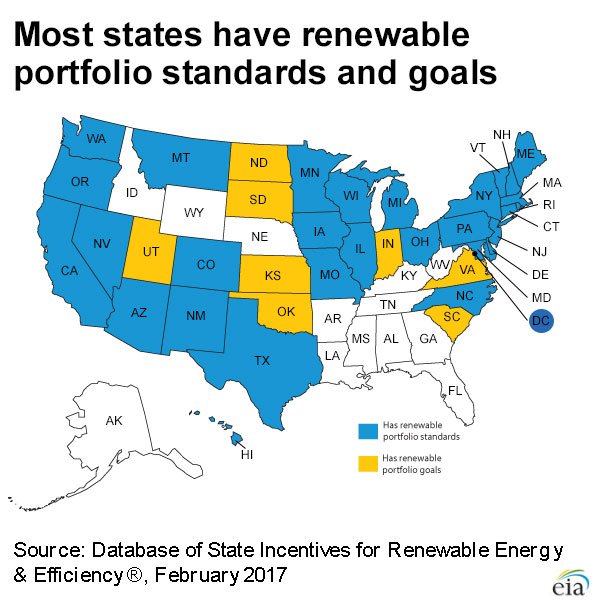Renewable energy requirements and incentives
Federal, state, and local governments and electric utilities encourage investing in and using renewable energy and, in some cases, require it. Many programs and incentives are currently available. The Database of State Incentives for Renewables & Efficiency® (DSIRE) is a comprehensive source of information on government and utility requirements and incentives for renewable energy.
Government financial incentives
Several federal government tax credits, grants, and loan programs are available for qualifying renewable energy technologies and projects. The federal tax incentives, or credits, for qualifying renewable energy projects or equipment include the Renewable Electricity Production Tax Credit (PTC), the Investment Tax Credit (ITC), the Residential Energy Credit, and the Modified Accelerated Cost-Recovery System (MACRS). Grant and loan programs may be available from several government agencies, including the U.S. Department of Agriculture, the U.S. Department of Energy (DOE), and the U.S. Department of the Interior. Most states have some financial incentives available to support or subsidize the installation of renewable energy equipment.
A wind farm in Iowa

Renewable portfolio standards (RPS) and state mandates or goals
A renewable portfolio standard (RPS) typically requires that a percentage of electric power sales in a state comes from renewable energy sources. Some states have specific mandates for power generation from renewable energy and some states have voluntary goals. Compliance with RPS policies will sometimes require or allow trading of Renewable Energy Certificates.
Renewable Energy Certificates or Credits (RECs)
RECs, also known as green certificates, green tags, or tradable renewable certificates, are financial products that are available for sale, purchase, or trade. RECs allow a purchaser to pay for renewable generation without directly obtaining the electricity generated from qualifying energy sources.
Photovoltaic panels on a house

Net metering
Net metering allows electric utility customers to install qualifying renewable energy systems on their properties and to connect the systems to an electric utility's distribution system (or grid). The programs vary, but in general, electric utilities bill their net metering customers for the net amount of electricity the customers use during a defined period. The net amount is the customer's total electricity consumption minus the amount of electricity that the customer's renewable system generates. In some states, customers can sell the excess electricity that they generate with their systems to the utility. As of November 2017, 38 states and the District of Columbia have state-developed mandatory net metering rules for certain utilities. Two states do not have statewide rules, but some utilities in those two states allow net metering, and seven states have statewide-distributed generation compensation rules other than net metering. Most net metered systems are solar photovoltaic systems.
Feed-in tariffs (FITs)
Several states and individual electric utilities in the United States have established special rates for purchasing electricity from certain types of renewable energy systems. These rates, sometimes known as feed-in tariffs (FITs), are generally higher than retail electricity rates to encourage new projects of specific types of renewable energy technologies.
Green power purchasing
Consumers in nearly every state can purchase green power, which represents electricity generated from specific types of renewable energy resources. Most of these voluntary programs generally involve the physical or contractual delivery of the electricity generation resource to the customer or utility.
A biodiesel fuel pump

Ethanol and other renewable motor fuels
Several federal and state requirements and incentives are in effect for the production, sale, and use of ethanol, biodiesel, and other fuels made from biomass. The federal Energy Independence and Security Act of 2007 requires that 36 billion gallons of biofuels be used in the United States per year by 2022. Several states have their own renewable fuel standards or requirements. Other federal programs provide financial support and incentives for ethanol and other biofuels producers. Many states have their own programs that support or promote the use of biofuels. The DOE's Alternative Fuel Data Center is a source of information on these types of programs.
Renewables research and development
The DOE and other federal government agencies fund research and development of renewable energy technologies. Most of the research and development is carried out at the National Labs and in cooperation with academic institutions and private companies. The availability of these programs depends on annual appropriations from the United States Congress.












